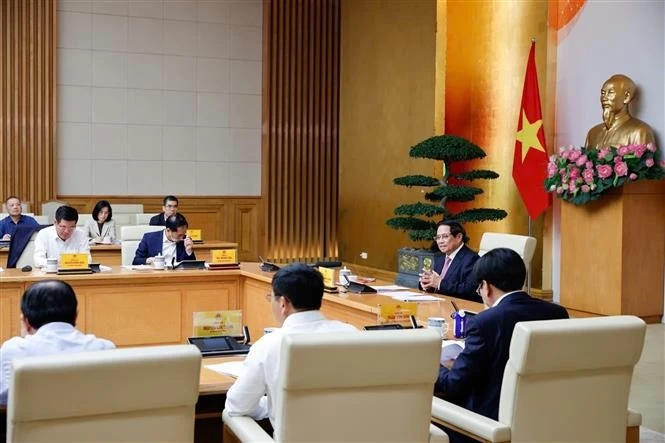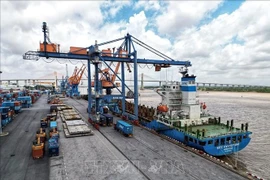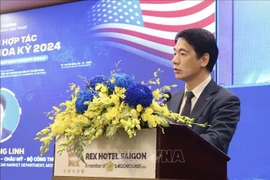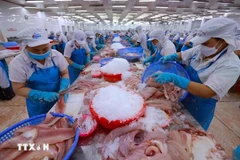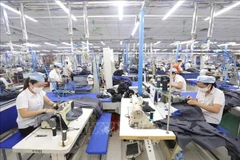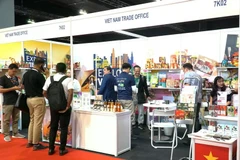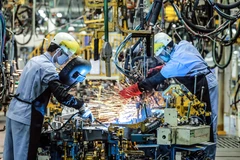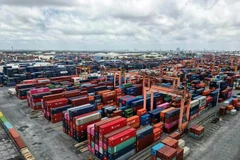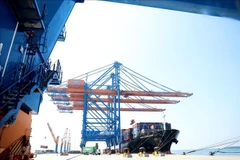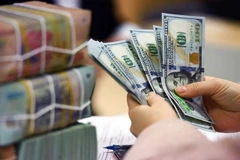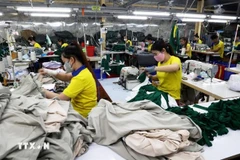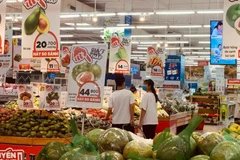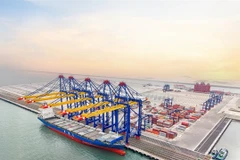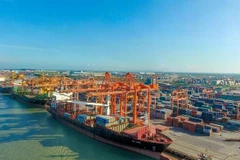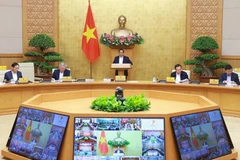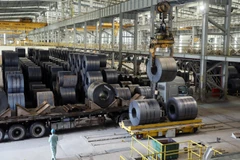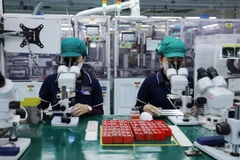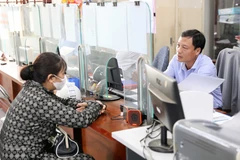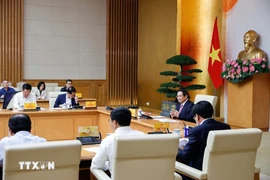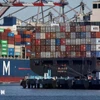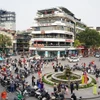Hanoi (VNA) – Prime Minister Pham Minh Chinh chaired a meeting with ministries and sectors on late April 7 to discuss the development of balanced and sustainable trade with the US.
The event took place shortly after his conference with Vietnam’s overseas representative agencies the same day to seek proactive adaptation to the new situation of international trade. It was the Government’s third meeting on trade with the US in the wake of President Donald Trump’s announcement of the new tariff policy.
PM Chinh requested relevant ministries, sectors, and agencies to quickly complete materials to serve a working delegation led by Deputy PM Ho Duc Phoc who will come to the US to discuss the development of balanced and sustainable bilateral trade.
He asked the delegation to propose the US consider postponing the imposition of the new tariff policy for at least 45 days so that the two sides have more time to discuss and prepare for status transition.
Negotiators should keep working with the US to promote balanced and sustainable trade that benefits both sides, including their consumers, and does not affect the international commitments to which Vietnam is a party, towards a new commitment on bilateral trade in line with the proposal made by Party General Secretary To Lam during his phone talk with President Donald Trump on April 4, the PM noted.
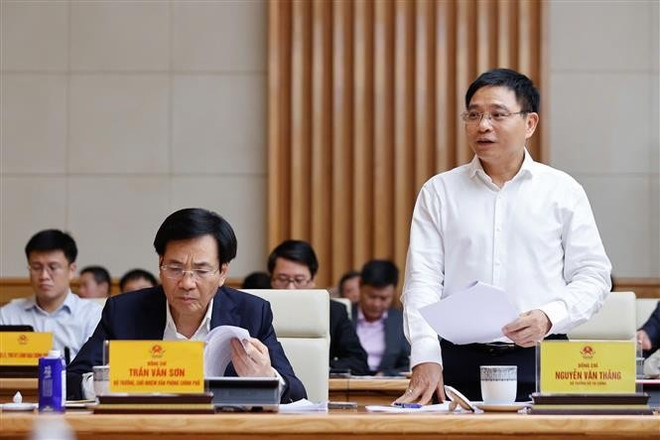
He also demanded ministries, sectors, and localities continue considering the importation of more commodities matching the US’ strength and Vietnam’s demand, including speeding up the delivery of Boeing aircraft to Vietnam Airlines, push ahead with the settlement of problems facing US enterprises, and thoroughly and effectively handle the issues that the US is concerned about.
They were also told to properly deal with the monetary policy-related issues in accordance with Vietnamese law and international practices, ensuring stable interest rates and balanced exchange rates suitable for the Vietnamese economy. Non-tariff issues should also be reviewed to make appropriate and reality-matching responses.
While the Ministry of Industry and Trade was assigned to tighten control over goods origin, the Ministry of Science and Technology was asked to examine copyright and intellectual property regulations, ensure serious compliance with Vietnam’s regulations, protect the rights and legitimate of relevant sides, and combat counterfeits.
The Government leader also assigned other specific tasks to ministries and sectors, asking them to make use of different channels to work with and propose the US implement a tariff and trade policy appropriate to Vietnam’s conditions as well as the two countries’ comprehensive strategic partnership./.
